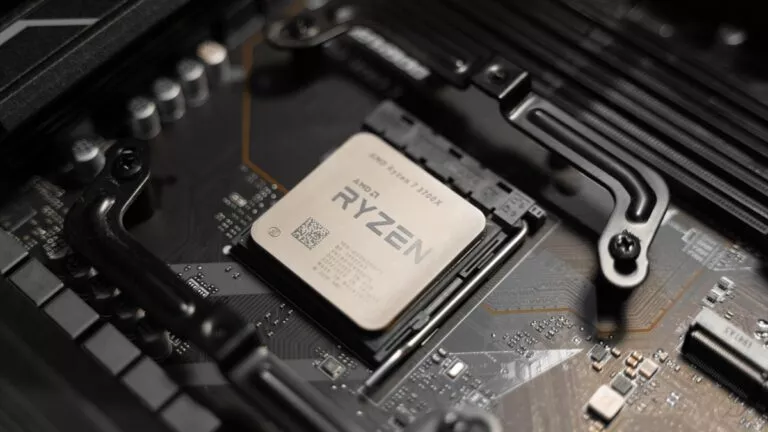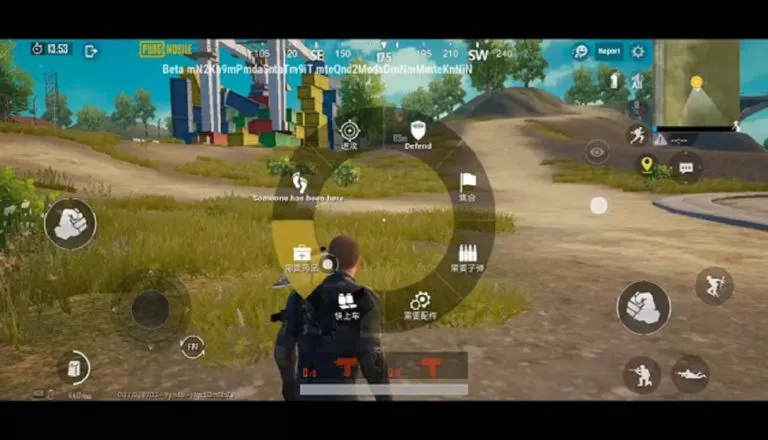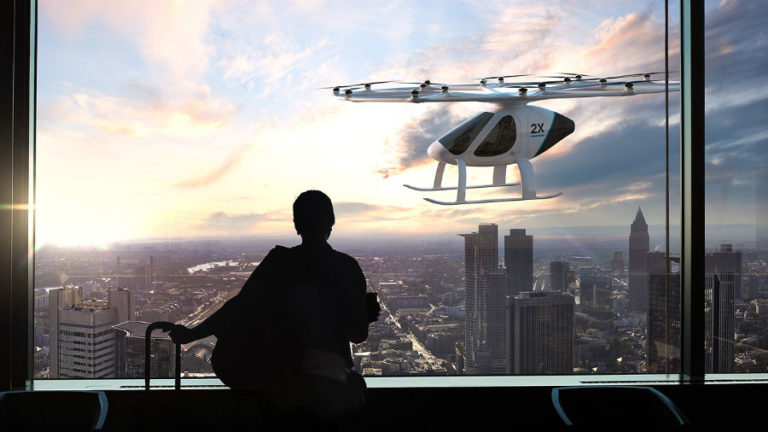10 Exoskeletons That Could Soon Change Our Lives!
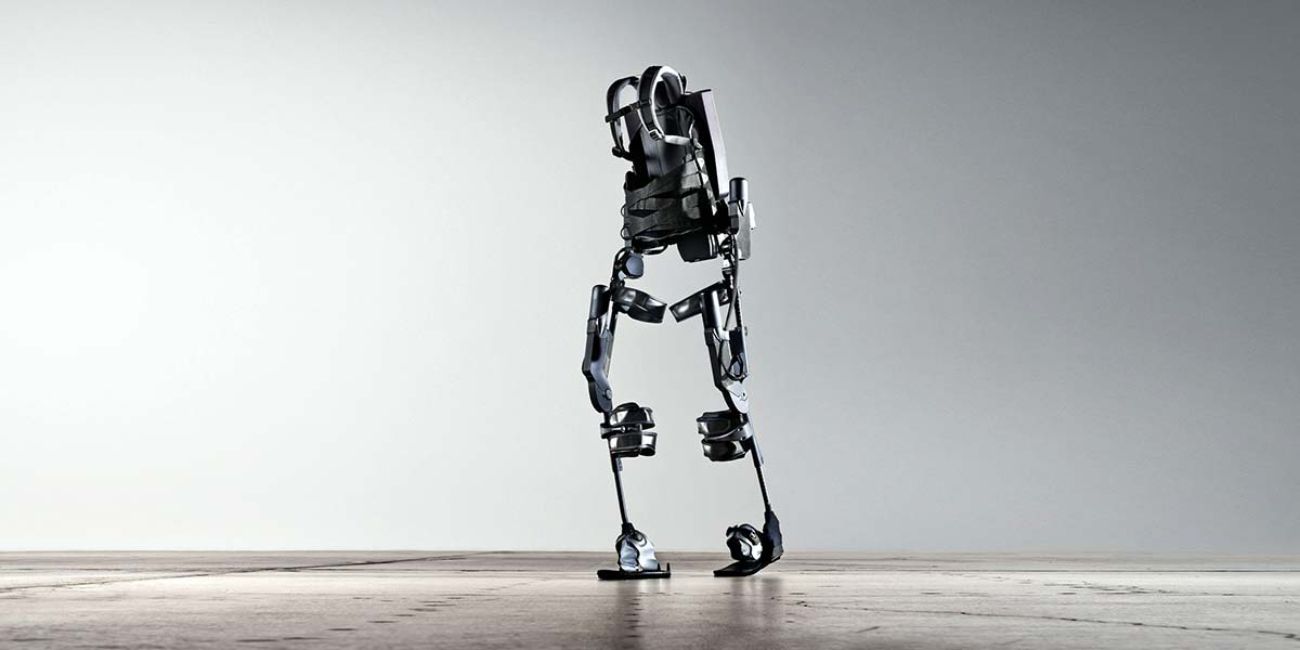
Exoskeletons, like the Iron Man suit, have long been a fantasy for many—and for good reason. They have the potential to unlock a new level of strength, helping not only factory workers lift heavy loads but also offering people with mobility issues a new way to walk. While exoskeletons haven’t yet become common in public spaces, that could start to change in 2025. Here are ten of the most promising exoskeletons that are set to transform our lives.
List of Top Exoskeletons in 2025
Below are some of the most advanced and widely used exoskeletons making an impact in 2025:
1. Sarcos – Guardian XO
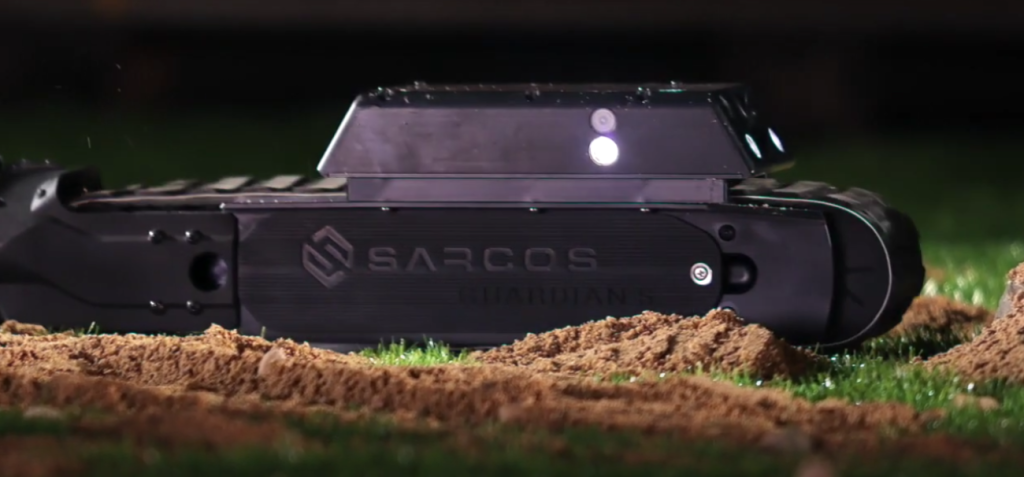
Sarcos designed the Guardian XO as a full-body powered exoskeleton to give workers and soldiers a serious strength boost. Designed primarily for industrial applications such as construction and logistics, it enables users to lift up to 200 pounds with ease, reducing strain and enhancing safety. It runs on batteries that last for about eight hours, and stepping in or out of the suit takes just about a minute.
After nearly two decades of development and significant investment, Sarcos partnered with the U.S. Department of Defense and private companies to bring the suit to life. The Guardian XO gives a 20-to-1 strength ratio, making heavy loads feel incredibly light.
Soldiers have tested it in the field to lift heavy bombs, ammunition, and tires without slowing down or putting themselves in danger. The U.S. Air Force and Navy have equally praised its ability to enhance performance and safety during operations as a game-changer that brings futuristic technology into the real world.
2. Lifeward (formerly ReWalk Robotics)
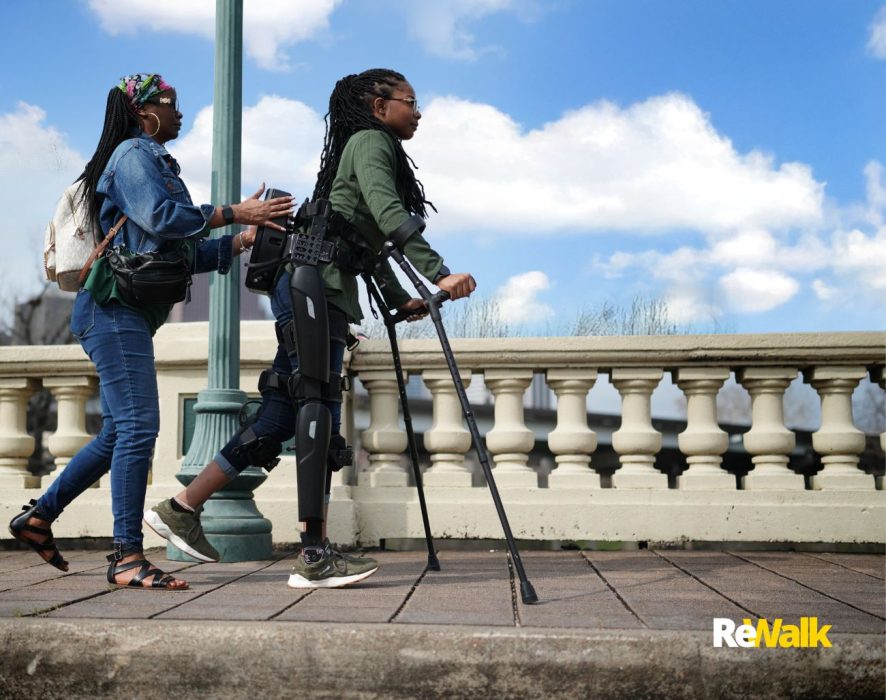
The ReWalk Personal 6.0 is a wearable exoskeleton that is meant to make people with spinal cord injuries more mobile. The device supports the legs and upper body with a series of motorized braces, allowing people to stand, walk, sit, and even climb and descend stairs.
It’s approved for use not only in rehab centers but also in the community and at home, so it’s a perfect solution for daily life. The suit is also lightweight and adjustable to fit varying body types.
In addition to increased mobility, it also offers benefits to health, including better posture, reduced fatigue, and improved mental and physical well-being. It’s more than just a mobility aid; it enables individuals to regain independence and stay active.
3. Cyberdyne – HAL (Hybrid Assistive Limb)
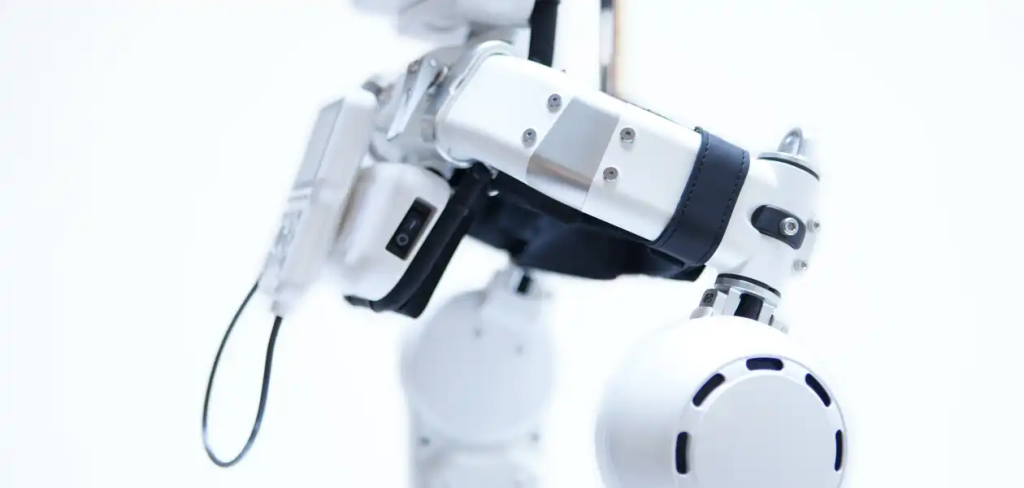
Cyberdyne’s HAL exoskeleton is perhaps the most advanced mobility technology available, particularly in rehabilitation and geriatric care. What makes it stand out is that the patient controls it using their own brain waves. Sensors mounted on the body detect the subtle electrical impulses the muscles fire when you try to move.
Most people who use it are recovering from a spinal cord injury, stroke, or other condition that affects their ability to move and walk. The suit is comfortable and natural to wear, and it is very effective in helping people learn to walk again and regain control over their bodies.
4. Ekso Bionics – EksoNR
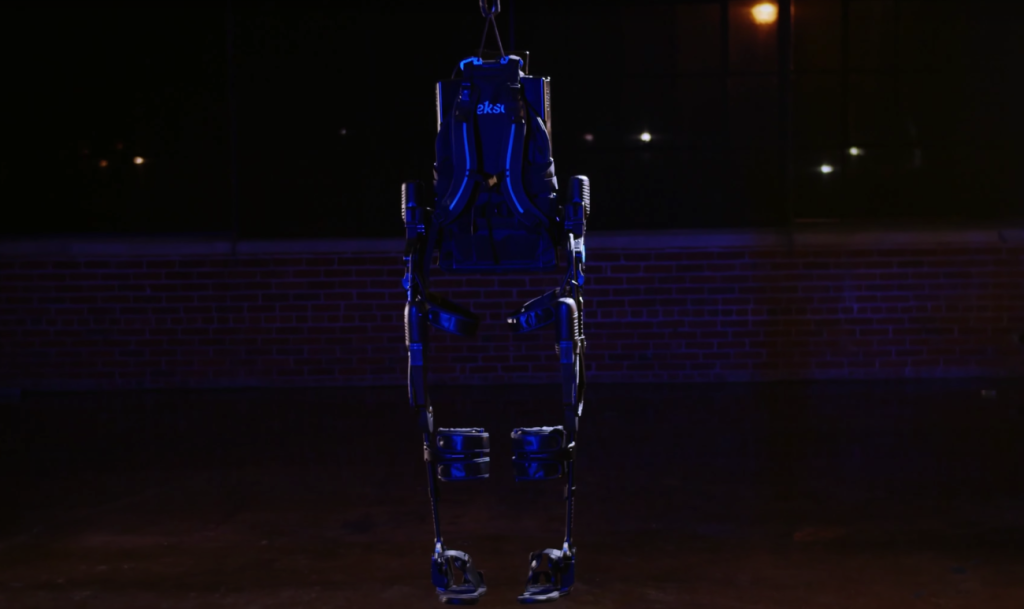
EksoNR by Ekso Bionics is a very dependable exoskeleton used in the world’s best rehabilitation centers. It is made to allow stroke patients, spinal cord injury patients, or patients with neurological disorders such as multiple sclerosis to walk again.
Therapists use this suit to retrain the brain and muscles to walk again. It stabilizes the patient while they receive therapy and provides real-time feedback to improve walking patterns. Openly available support from medical professionals and FDA approval have made the EksoNR a frequently used device in the rehabilitation process for the majority of patients.
5. Ottobock – Phoenix

The Phoenix exoskeleton from Ottobock is a smart, lightweight suit designed to support the body during tough physical tasks or recovery. Built on earlier models like the ShoulderX and Paexo line, it’s designed to ease the strain on the arms, back, and legs, especially for individuals performing repetitive work or lifting above shoulder level.
It is widely used in factories, warehouses, and industrial settings, where it helps relieve muscle strain and prevent injury. The Phoenix is also available in powered and non-powered versions, as needed. It is also used in medical rehabilitation, where it restores mobility and strength in patients recovering.
6. Lockheed Martin – Onyx
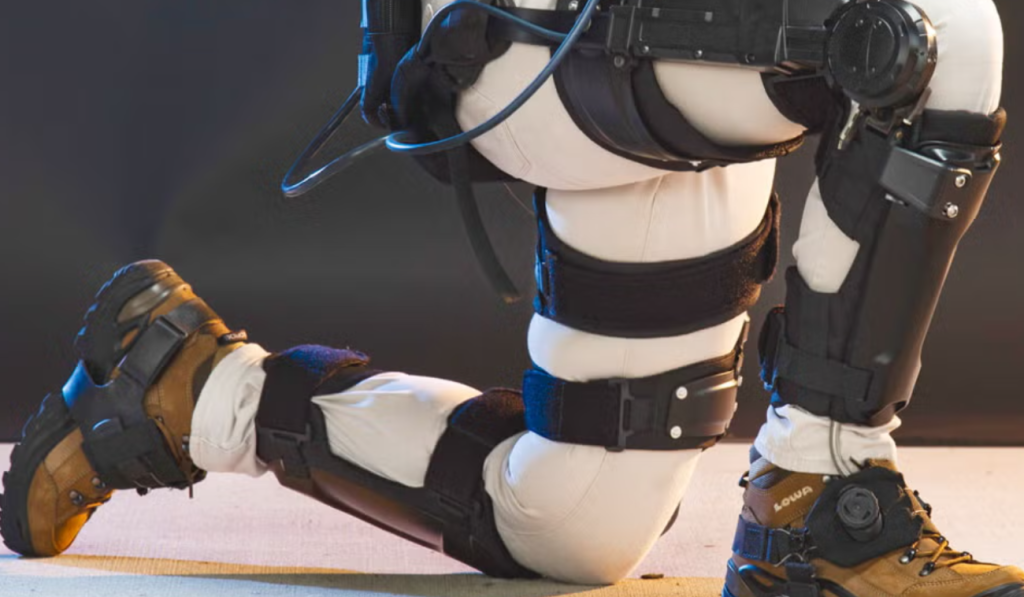
Lockheed Martin designed the Onyx exoskeleton for use in combat, providing soldiers with extra support during long and physically demanding missions. They built it to handle tough conditions and to distribute pressure when the load gets too heavy.
By reducing stress on the lower back and legs, the suit enables users to move more freely and with less fatigue, even during extended operations. The suit has been extensively tested in actual combat in the field, making it a highly reliable device for enhancing strength, endurance, and safety in the field.
7. Hyundai – VEX
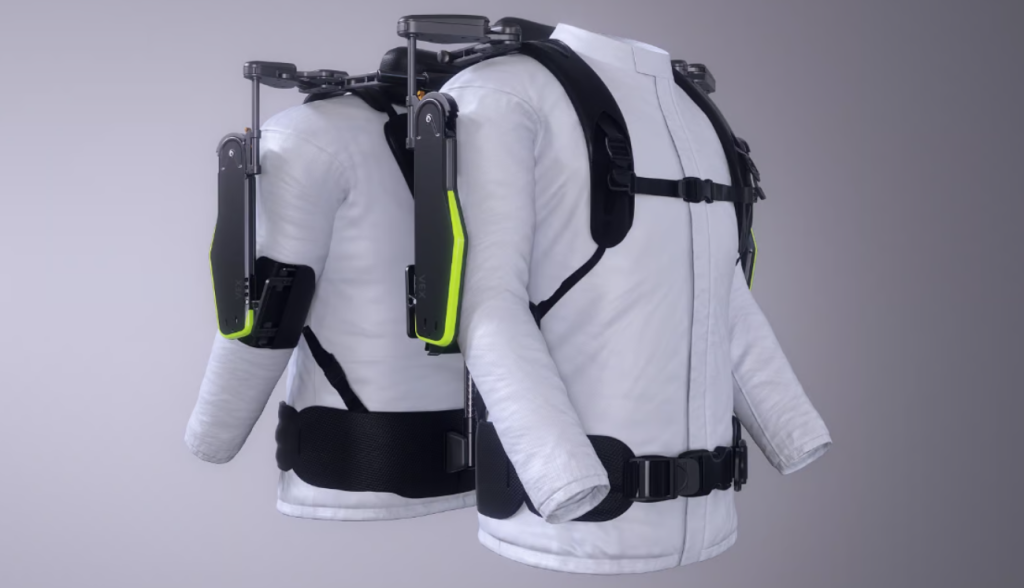
Hyundai developed the VEX (Vest Exoskeleton) to support workers who spend long hours performing overhead tasks, particularly in the automotive industry. In their factories, many employees fit parts like exhausts and brake tubes above shoulder height, which often leads to discomfort and injuries.
To tackle this, Hyundai designed VEX as a lightweight, wearable shoulder support that workers can strap on like a backpack. Instead of relying on batteries, it uses a spring-based passive system to reduce neck and back strain.
The newest version weighs just 2.5 kg, about 40% lighter than similar products, making it easier to move around in and wear for long periods. It gives workers more flexibility and support without adding extra weight, making it a practical choice for demanding factory environments.
8. Samsung Gait Enhancing Exoskeleton (GEMS)
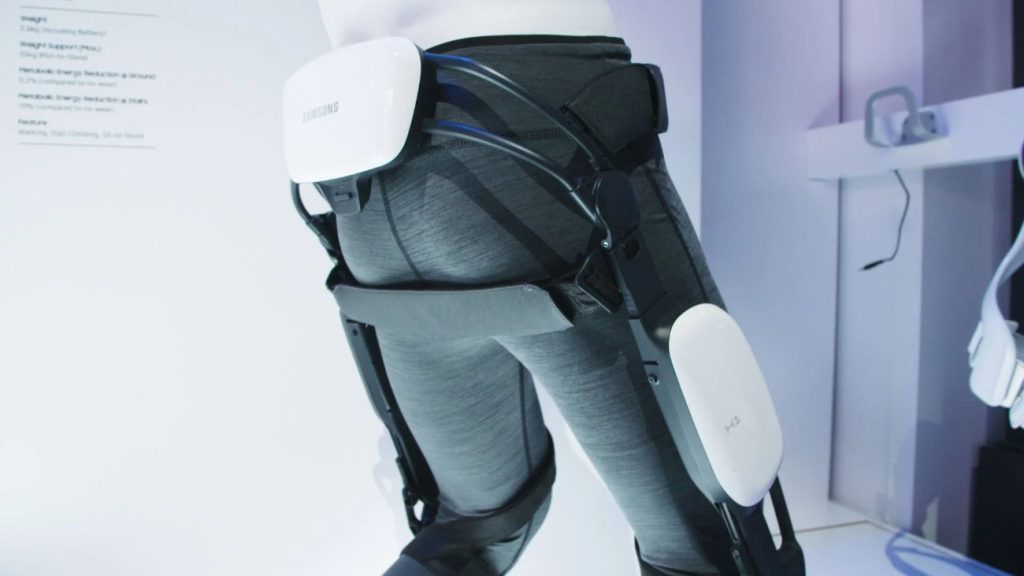
Samsung’s GEMS is a thin, lightweight exoskeleton designed to help people walk more effectively, especially those with injuries or who are elderly and require more support. It focuses on assisting the hips, knees, and ankles and uses AI to track movement and make real-time adjustments.
The hip-support device, GEMS-H, can increase walking speed, support posture, and even enable climbing stairs. It weighs slightly over 2 kg, making it convenient for daily use. GEMS also features resistance functions, making it useful for fitness and rehabilitation training.
While it’s still finding its place in a saturated market, Samsung’s use of AI means that future updates will be more advanced, so it’s a thrilling device for mobility assistance.
9. Rex Bionics- REX
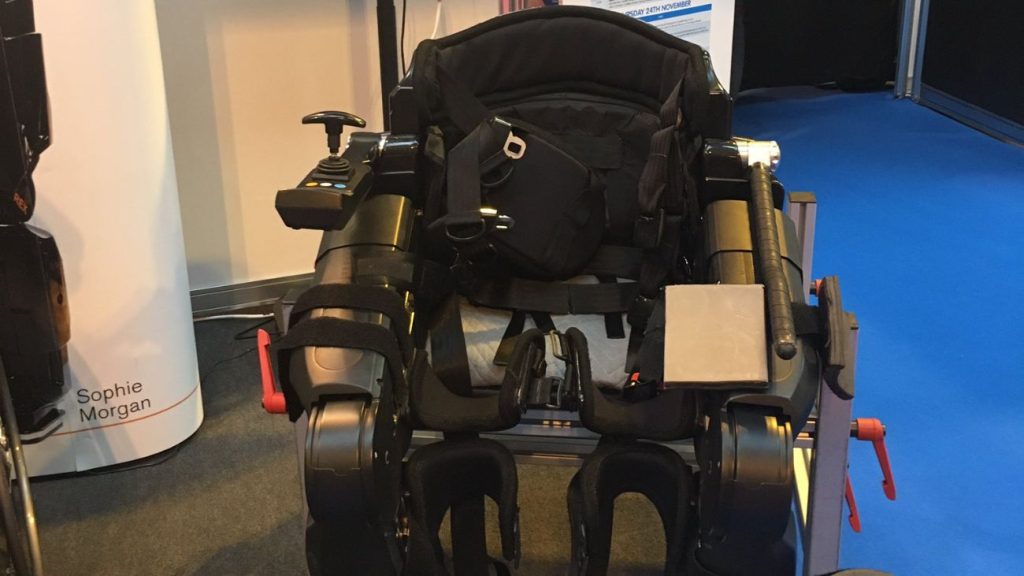
The REX exoskeleton from Rex Bionics enables wheelchair users to stand up and walk independently, eliminating the need for crutches or additional support. What sets it apart is that it is fully self-supporting, allowing users to stay balanced and steady on their own.
Rehabilitation centers often utilize it to help patients build strength and improve balance through exercises such as leg swings, squats, and lunges. Since the entire system supports itself, it also takes some of the physical strain off therapists during sessions. REX offers a secure and stable platform for users to stay active and achieve their recovery objectives.
10. Auberon
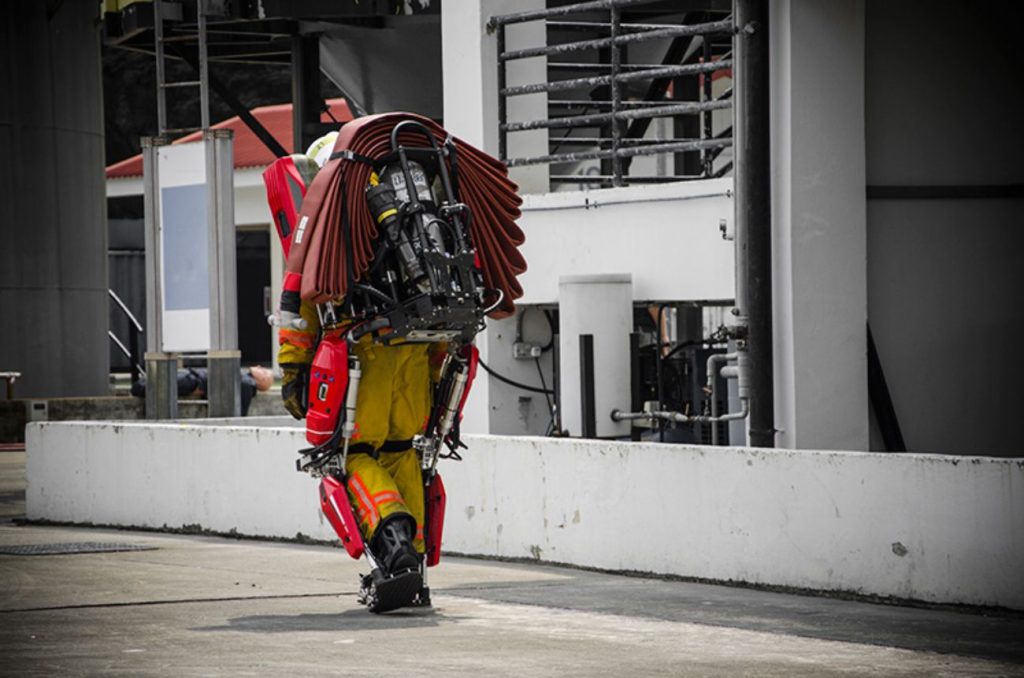
The Auberon exoskeleton is designed to assist firefighters in harsh environments, such as rescuing people in skyscrapers. Lugging 40+ kilograms of equipment up several floors is draining, even for highly trained personnel. Auberon is designed to lessen that burden and facilitate their movement in times of emergency.
It operates on compressed air tanks to drive the suit, enabling firefighters to climb stairs repeatedly with heavy loads without tiring. The suit transfers the weight from the shoulders and back to the floor, minimizing strain and fatigue. It also keeps their hands available to run fast in rescue operations. And if it becomes dangerous, it features a quick-release mechanism that allows you to exit the suit within seconds.
Conclusion
Exoskeletons are still in development today, but their benefits are clear. They can ease physical strain, support recovery, and boost strength where it’s needed most. Whether it’s healthcare, manufacturing, defense, or emergency services, these suits are helping people do more with less strain. With the proper support and innovation, they could completely change the way we work, recover, and move in the years to come.

